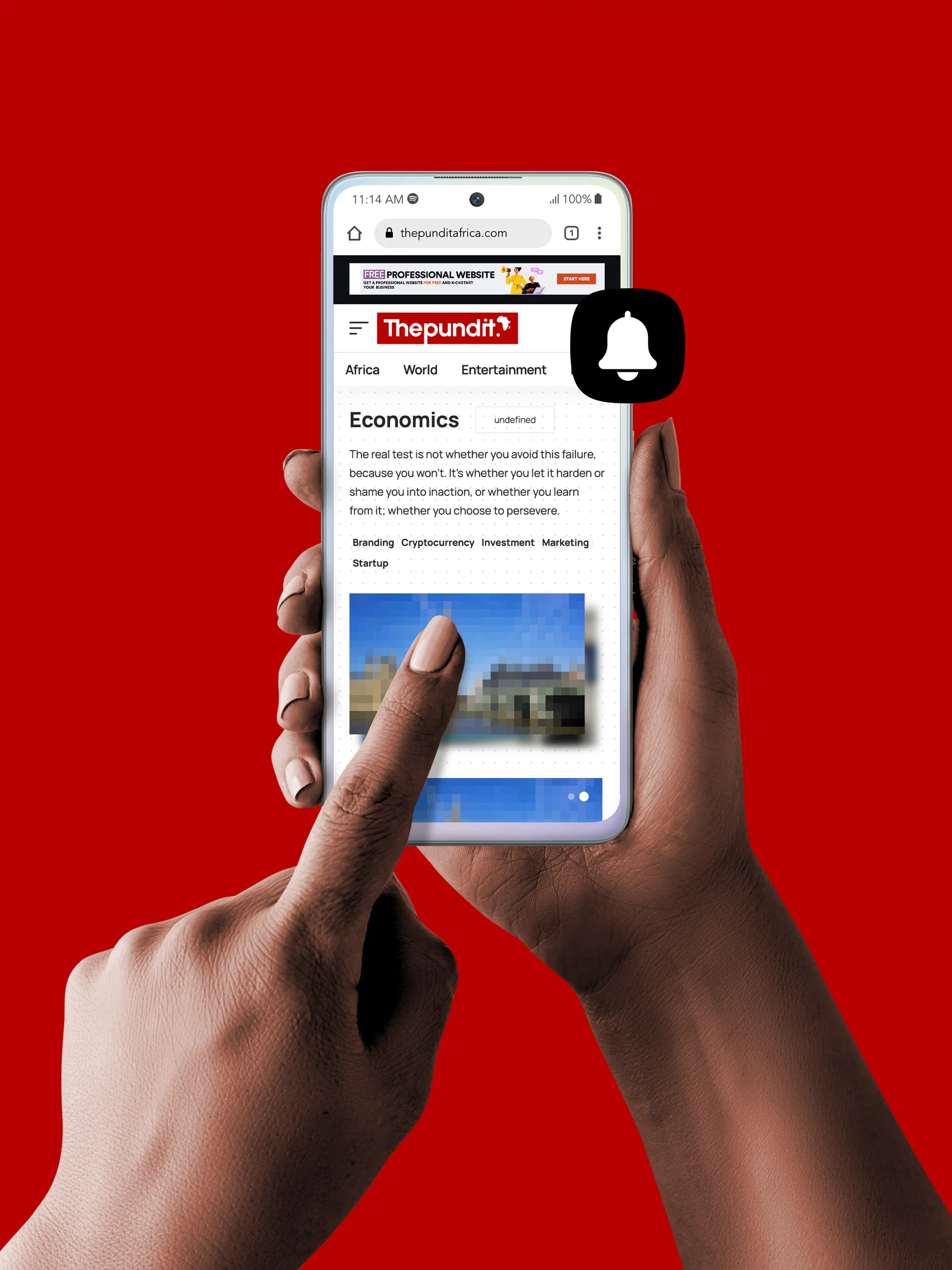TOKYO (AP) — The Bank of Japan raised its key interest rate Wednesday to about 0.25% from a range of zero to about 0.1%, acting to curb the yen’s slide against the U.S. dollar.
The move was widely expected, and the yen gained sharply against the dollar ahead of and after Wednesday’s decision, trading below 152 yen. Concerns have been deepening about the yen’s recent drop to 160-yen levels to the dollar. That hurts an economy that imports almost all its oil, as well as other items like food.
The decision on the overnight call rate came just four months after the central bank raised its key rate above zero for the first time in 17 years.
Bank of Japan Gov. Kazuo Ueda told reporters the action came because the foundation of the Japanese economy was relatively solid, with gradual price rises accompanied by wage increases, despite worries about personal spending holding up as prices rose.
He acknowledged additional rate hikes may be coming within this year, depending on how the economy holds up, including how the latest rate increases may affect economic activity and prices. He declined to give a specific date.
“In the long term, we think that adjusting longtime extremely low interest rates shouldn’t be rushed, and overall risks can be reduced,” he said.
Share prices in Tokyo rose after the decision, with Japan’s benchmark Nikkei 225 finishing 1.5% higher.
Japan’s central bank has kept interest rates near or below zero for nearly a decade, seeking to spur inflation in what has been a deflationary economy, hoping to sustain stronger growth for one of the world’s largest economies.
Ueda said Wednesday that he did not want to come out and say that Japan had escaped deflation, but he stressed that prices seemed to be steadily increasing.
The zero-rate strategy was controversial. When wages failed to keep pace with price increases, consumers tended to spend less rather than more. A weak yen has pushed prices in Japan higher since it makes imported gas, oil and other necessities more expensive. The main index of inflation has exceeded the BOJ’s target of about 2% for months.
“Inflation expectations of firms and households have risen moderately,” the BOJ said in its policy statement. “The year-on-year rate of change in import prices has turned positive again, and upside risks to prices require attention.”
The ultra-lax monetary policy also involved massive central bank purchases of Japanese government bonds and other assets to inject cash into the economy. The BOJ has been moving toward unwinding that but was wary of stifling growth by raising the cost of borrowing.
On Wednesday, it said it would reduce the amount of its purchases, long at tens of trillions of yen a month, so that they will be about 3 trillion yen ($19 billion) in the January-March quarter of 2026, or about half of the current 6 trillion yen ($39 billion).
Ipek Ozkardeskaya, senior analyst at Swissquote Bank, noted the Bank of Japan had used language that “was quite bullish on prices,” meaning that more hikes were likely. Analysts say the central bank’s focus was on what many see as the overly weak yen, while taking care not to set off any negatively dramatic overreactions in the economy.
The central bank shifted away from a negative policy rate only in March, raising the overnight call rate for banks to 0.1% from minus 0.1%.
The dollar’s gains have reflected high interest rates in the United States, where the Federal Reserve is forecast to cut its main rate in September and to hold steady at a policy meeting later Wednesday. The Bank of England was due to issue a rate decision on Thursday.



















